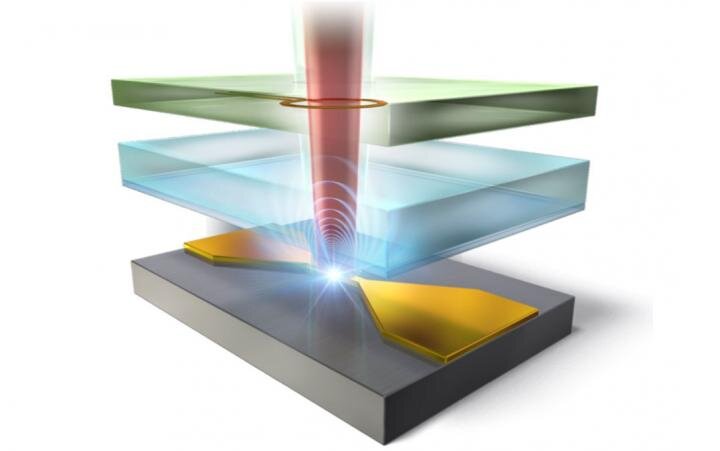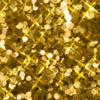Scientists from the Division of Physics at the University of Tsukuba used the quantum effect called ‘spin-locking’ to significantly enhance the resolution when performing radio-frequency imaging of nitrogen-vacancy defects in diamond. This work may lead to faster and more accurate material analysis, as well as a path towards practical quantum computers.
Nitrogen-vacancy (NV) centers have long been studied for their potential use in quantum computers. A NV center is a type of defect in the lattice of a diamond, in which two adjacent carbon atoms have been replaced with a nitrogen atom and a void. This leaves an unpaired electron, which can be detected using radio-frequency waves, because its probability of emitting a photon depends on its spin state. However, the spatial resolution of radio wave detection using conventional radio-frequency techniques has remained less than optimal.
Now, researchers at the University of Tsukuba have pushed the resolution to its limit by employing a technique called ‘spin-locking’. Microwave pulses are used to put the electron’s spin in a quantum superposition of up and down simultaneously. Then, a driving electromagnetic field causes the direction of the spin to precess around, like a wobbling top. The end result is an electron spin that is shielded from random noise but strongly coupled to the detection equipment. “Spin-locking ensures high accuracy and sensitivity of the electromagnetic field imaging,” first author Professor Shintaro Nomura explains. Due to the high density of NV centers in the diamond samples used, the collective signal they produced could be easily picked up with this method. This permitted the sensing of collections of NV centers at the micrometer scale. “The spatial resolution we obtained with RF imaging was much better than with similar existing methods,” Professor Nomura continues, “and it was limited only by the resolution of the optical microscope we used.”
The approach demonstrated in this project may be applied in a broad variety of application areas—for example, the characterizations of polar molecules, polymers, and proteins, as well as the characterization of materials. It might also be used in medical applications—for example, as a new way to perform magnetocardiography.
Researchers teleport information within a diamond
More information:
Shintaro Nomura et al, Near-field radio-frequency imaging by spin-locking with a nitrogen-vacancy spin sensor, Journal of Applied Physics (2021). DOI: 10.1063/5.0052161
Provided by
University of Tsukuba
Citation:
Seeing with radio waves (2021, July 9)
retrieved 11 July 2021
from https://phys.org/news/2021-07-radio.html
This document is subject to copyright. Apart from any fair dealing for the purpose of private study or research, no
part may be reproduced without the written permission. The content is provided for information purposes only.



